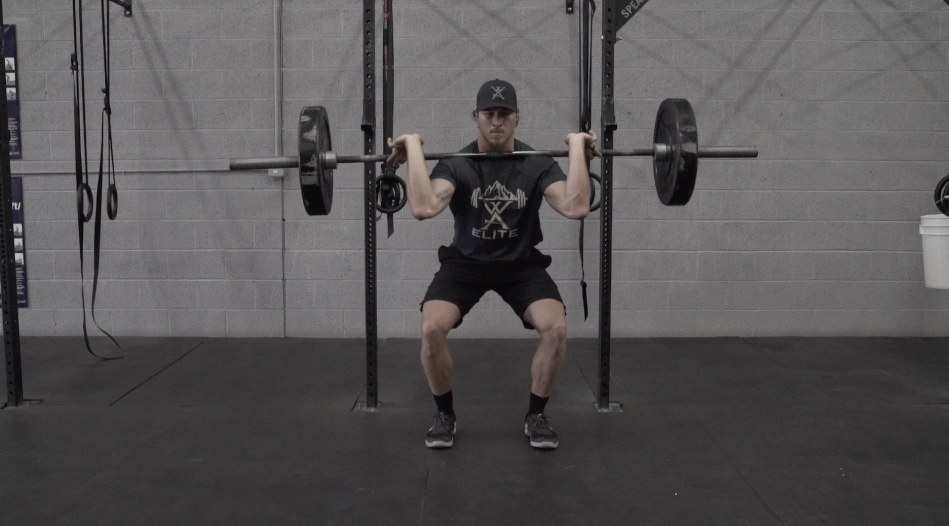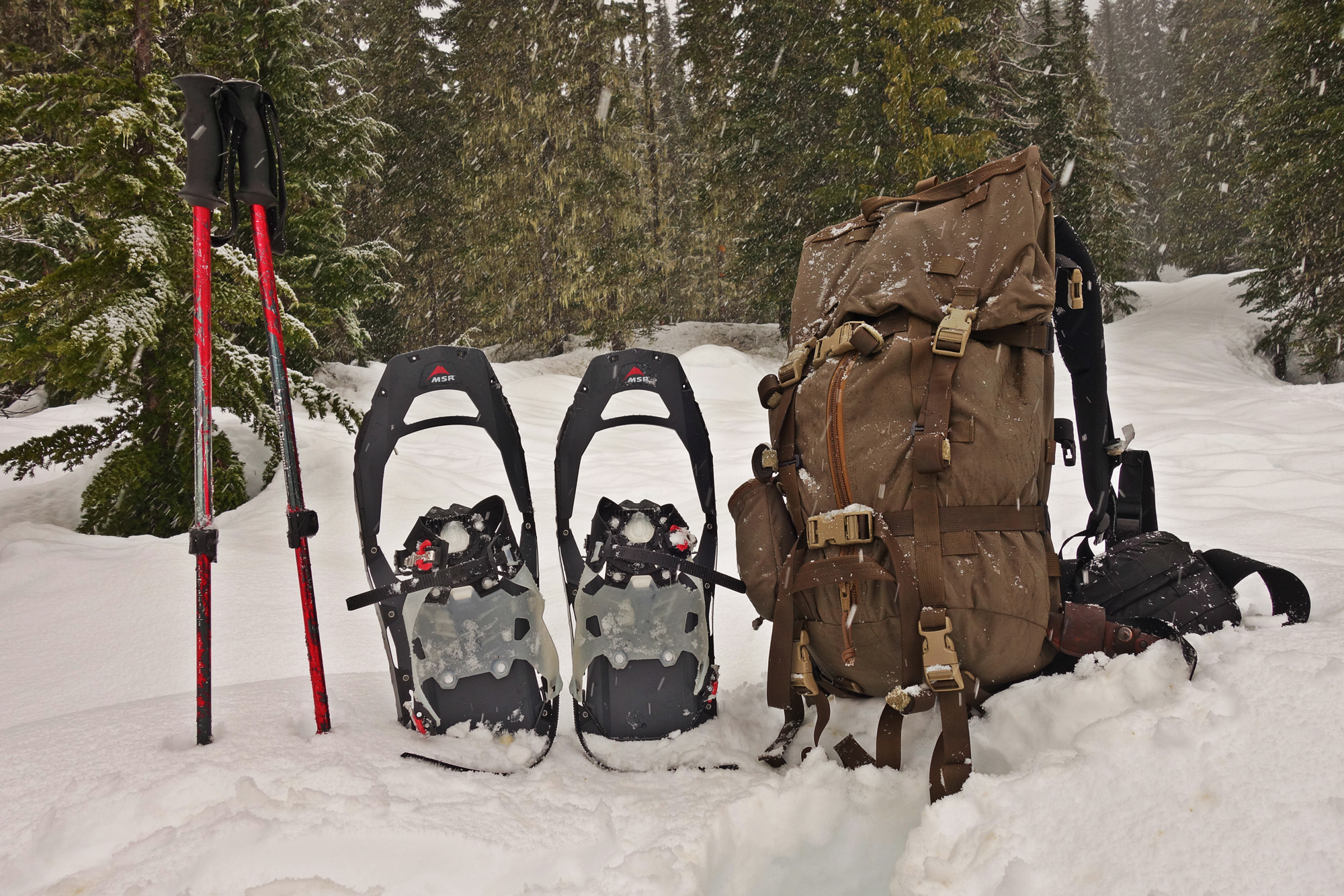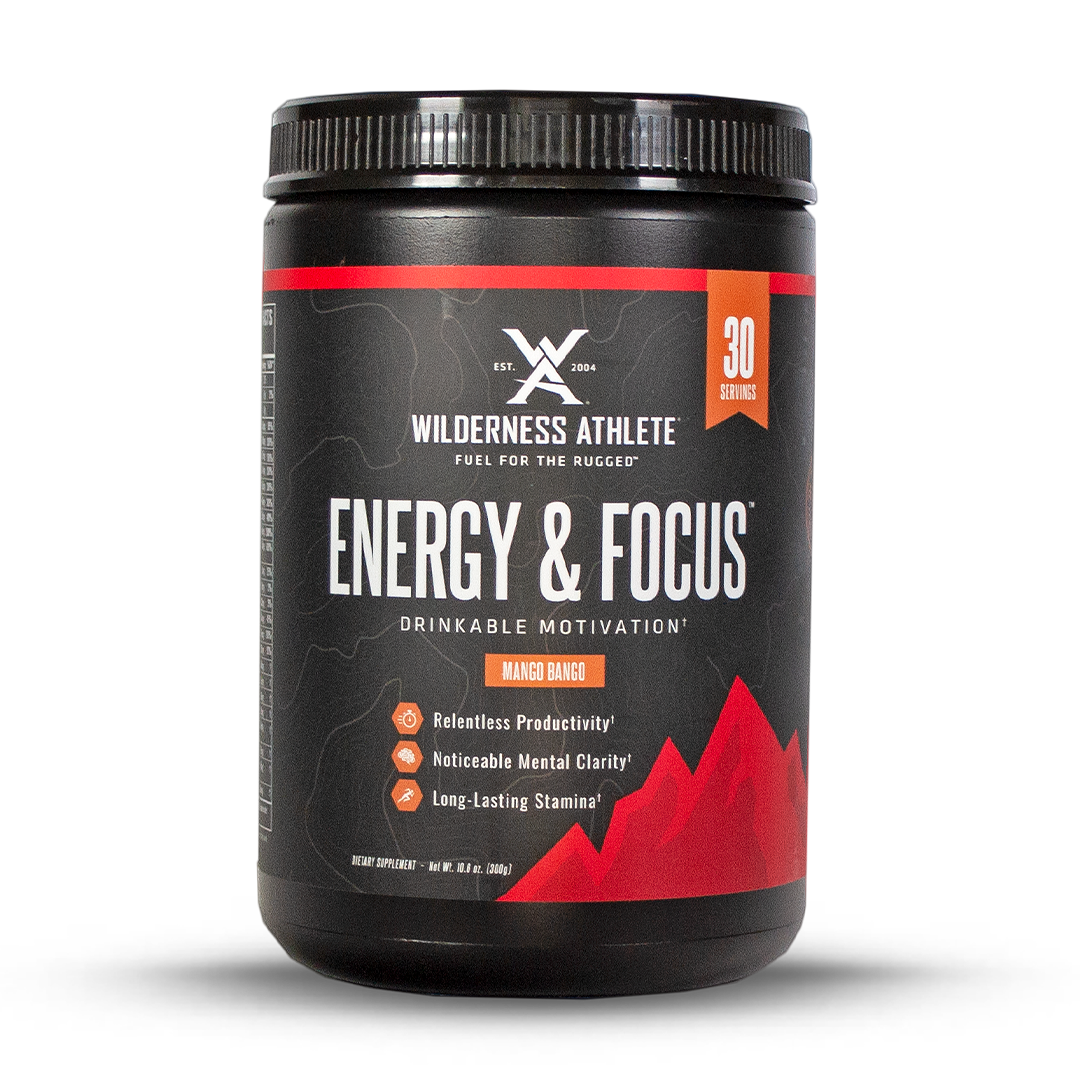It never fails that you plan a big hunt or sign up for a lengthy race, and quickly realize you bit off more than you can chew. Training for endurance is an area many struggle to properly balance and will spend hours training ineffectively for what lies ahead.
In some of the previous articles we’ve talked about the effects of long cardio sessions, and how they can tap into using muscle mass as fuel. But today let’s take that a bit further and talk about how you can prepare yourself physically for endurance without spending unneeded hours training, or setting yourself up to burn that hard-earned muscle.
First, it’s important to note, not all endurance is the same, and it is vital to incorporate training specificity. Consider your activity, and train based on replication of what you will be doing – you wouldn’t train for 100-mile bike race by hiking endless miles. So before you begin your training focus on what you’ll be training for and decide from there how to begin preparing for it.
If your goal is to build leg stamina for chasing big game through mountain country, then move your focus to logging miles, but also incorporate weight lifting as a balance to your cardio sessions.
Here are my top tips for training for endurance.
#1 Make Every Session Count
Instead of jumping on a cardio machine, or lacing up and heading outside for a long run or hike hit the weights first. If your goal is to have legs that just won’t quit on the mountain, and you already have a good fitness base established, run through your leg day lift before you hit your cardio. Aim for lighter weights, and increase the rep number (for example 6-8 sets of 18-25 reps). Make sure you hit 2-3 movements for each body part you’re focusing on.
For beginners: After your warm-up start your training session with 15- 20 minutes of cardio, then hit the weights – 4-6 sets, 15-20 reps, and 1-2 movements per body part. After you’ve hit the weights jump back on your cardio game and end with another 15- 20 minutes. A hill climb, stair machine, or even an elliptical (low impact) are good options.
#2 Add In Interval Training
it’s long been known that interval training or High Intensity Interval Training (HIIT) is great for burning calories and helping you shed pounds but it also helps improve your overall cardiovascular health and VO2 max (the maximum amount of oxygen you can use during intense exercise). Get your calendar out and schedule in 2-3 HIIT sessions a week, and get after it for 20-30 minutes per session. High Intensity Interval Training days are great to be combined with mobility work, and foam rolling. Need some ideas? Click here for our HIIT Wild Skills Circuit, or here to get started foam rolling.
For beginners: Schedule in 1-2 sessions a week, and add more as you increase your overall fitness level. Instead of focusing on rep numbers during the workout aim to move for 20-30 seconds, with a 20-second rest in between exercises, and 1-2 minutes rest in between each set. You can decrease your rest time, and increase your work time as you improve.
#3 Focus on Fuel
Just as important as your warm-up, and training, how you fuel, and refuel will determine your energy output and recovery. Stay away from “fasted sessions” if your overall goal is to increase your stamina. Before you begin your workout be sure to have a nutrient-dense meal, and allow an hour or so to digest before you begin training. If you are planning a sweat session lasting over 90 minutes throw in a midway snack to keep your energy high and spare your lean muscle from being broke down and burned as fuel. 150 – 200 calories should be enough to get you through your workout without causing GI distress. Then, when you are done training, focus on initiating the recovery process with an extra dose of protein. Brute Strength Post – Workout is a great addition to your training with an optimal ratio of protein and carbohydrates, proven nutritional anti-inflammatories, and the ideal load of creatine and BCAAs, can your strength reach superior levels.
For beginners: Finding the right foods pre, during, and post-workout can take a little time to fine-tune, so be prepared to play around with your nutrition a bit. Generally speaking, fats will take longer to digest, so opt for easily digested carbohydrates with balanced protein. Some tried and true options are banana, energy shots, dried fruit, or protein bars like the Pack Out Bar.
Want to go all-in and find even more ways to support your training and increase your endurance?
Pay close attention to these areas:
Hydration – This is an area that should be a BIG priority in your daily regimen. Be sure not only to drink adequate amounts of water but to also balance your electrolytes.
Recovery days – More is more, so don’t think overloading your schedule with heavy, or long training days is the way to killing it on the mountain. Schedule in at least one full rest day, and one active recovery day per week.
Warm-up – Never skip your warm-up. This is one of the easiest ways of preventing mindless injuries. Carve out 5-10 minutes before every workout and get the body ready to train. See what a Dynamic Warm-Up looks like here.
Support your immune system – It’s no doubt that training taxes the immune system, and if you are getting ready for an epic adventure you want to make sure that you are feeling your best. As always you can support your immune system by getting adequate sleep, eating well, limiting your stress, and supporting your body with proper supplementation. Keep your bodies basic needs in line with a High-Performance Multi-Vitamin.






